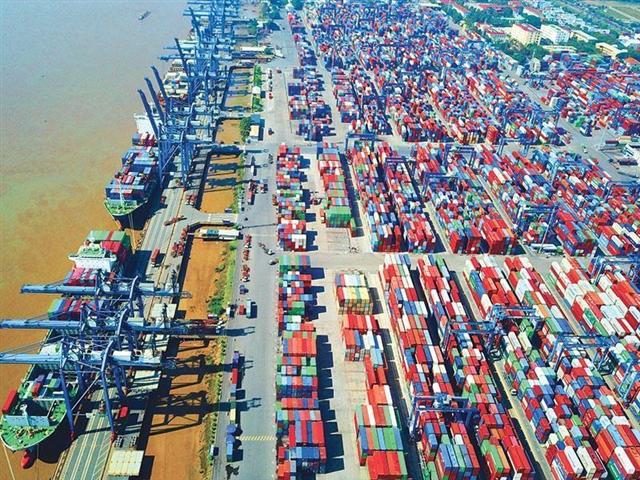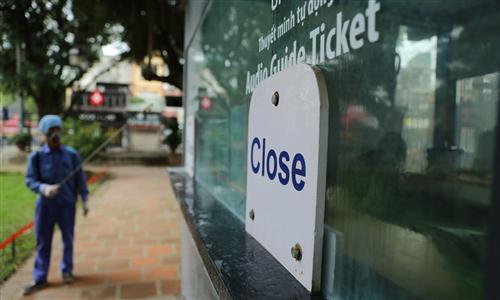Vietnam's first quarter GDP growth lowest in 10 years due to COVID-19 pandemic
Vietnam's first quarter GDP growth lowest in 10 years due to COVID-19 pandemic
In the first quarter of 2020, the Vietnamese economy grew at the slowest pace in the past decade as the COVID-19 outbreak dealt a blow to key industries like services and manufacturing.

In the first quarter of 2020, Vietnam's GDP growth experienced the slowest growth in the past decade due to the COVID-19 pandemic (Photo: Cat Lai Port by Le Toan)
|
According to data from the General Statistics Office of Vietnam, gross domestic product (GDP) rose by 3.82 per cent from a year earlier. The expansion of 3.82 per cent is slowest in the past decade.
Although the service sector is up 3.27 per cent in the first sector, it was hit across several fronts, including air transport, accommodation, food services and retail trade, as tourist arrivals plunged and consumers cut back on discretionary spending.
The industry and construction sector rose by 7.12 per cent, which is much lower than last year’s period. The manufacturing and processing industries grew at the slowest pace in 2016-2020 due to the supply chain disruption from China. However, it is forecasted that the rapid spread of the outbreak beyond China to the US and Europe will result in further supply chain disruptions, which will further hurt export-oriented sectors including manufacturing.
The Ministry of Planning and Investment (MPI) has essentially estimated that COVID-19 will reduce Vietnam's 2020 GDP growth by -0.8 percentage points to 6 per cent this year (down from 7 per cent GDP growth in 2019), Standard Chartered cut its 2020 GDP growth forecast by 0.4 percentage points last week, and various local analysts and economists have published estimated reductions in the first quarter growth only varying from -0.4 to -1 percentage points.
In response to the COVID-19 pandemic, Prime Minister Nguyen Xuan Phuc has issued Directive No.11/CT-TTg on urgent tasks and solutions to remove difficulties for businesses and workers. Following the move, Vietnam launched a VND30 trillion ($1.3 billion) fiscal stimulus package which focuses on liquidity measures and reducing business costs to help companies, especially small- and medium-sized enterprises (SMEs) facing severe disruptions. The package also provides a consumption boost through tax breaks and income support, in particular for affected workers and lower-wage households.
The State Bank of Vietnam (SBV) also stepped up its monetary policy response last week, announcing a 100-basis-point cut to its refinancing rate to 5 per cent (from 6 per cent) while lowering the discount rate by 50 basis points to 3.5 per cent (from 4 per cent).
The SBV also lowered the cap on VND deposit rates (less than 6 months) to 4.75 per cent (from 5 per cent), and the cap on lending rates applied to loans made to priority sectors (that is, agriculture, export-related industries, SMEs, and high-tech) to 5.5 per cent (from 6 per cent).























